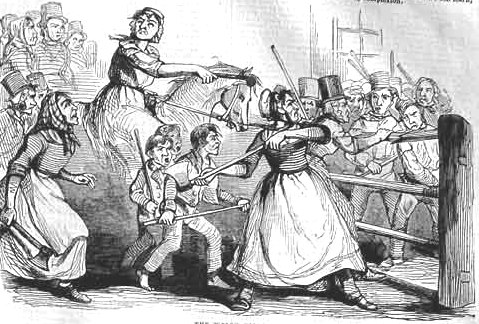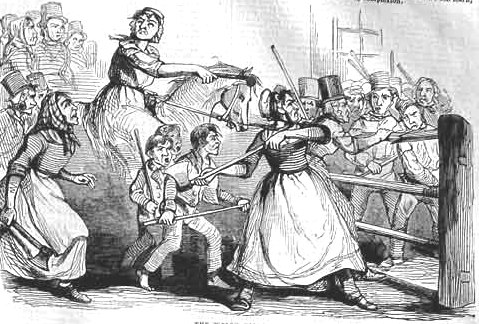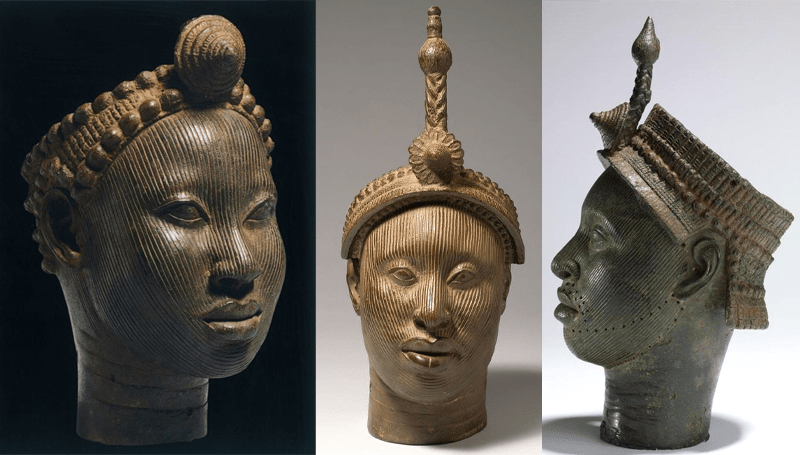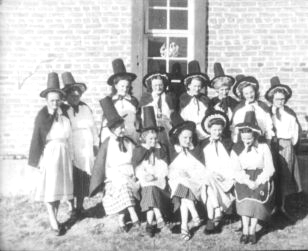The Rebecca Riots were in reality a series of protests that took place between 1839 and 1843, throughout the rural areas of west Wales, including Cardiganshire, Carmarthenshire, and Pembrokeshire. The protesters were mainly simple farming folk who had been angered, in general by unjust taxes, and more specifically by the high tolls (fees) being charged to transport goods and livestock along the roads and bye-ways of the region.
In the early 19th century many of the main roads in Wales were owned and operated by Turnpike Trusts. These trusts were supposed to maintain and even improve the condition of the roads and bridges by charging tolls to use them. In reality, nevertheless, many of these trusts were operated by English businessmen whose main interest was in extracting as much money as they could from the locals.
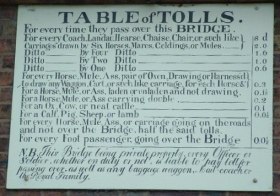
The people finally decided enough was enough and took the law into their own hands; gangs were formed to destroy the tollgates. These gangs became known as ‘Rebecca and her Daughters’. It is believed that they took their name from a passage in the Bible, Genesis XXIV, verse 60 – ‘And they blessed Rebekah and said unto her, Let thy seed possess the gate of those which hate them’.
Usually, at night, men dressed as women with blackened faces attacked the hated tollgates and destroyed them.
A huge man, named Thomas Rees was the first ‘Rebecca’ and he destroyed the tollgates at Yr Efail Wen in Carmarthenshire.
Sometimes Rebecca would appear as an old blind woman who would stop at a toll gate and say “My children, something is in my way”, at which her daughters would appear and tear down the gates. And it appears that as soon as the authorities replaced them, Rebecca and her daughters would return and tear them down again.
As reported in the Illustrated London News 1843
The rioting was at its worst in 1843, with many major tollgates being destroyed including those at Carmarthen, Llanelli, Pontardulais, and Llangyfelach, at the small village of Hendy near Swansea, a young woman named Sarah Williams, the tollhouse keeper was killed.
By late 1843, the riots had all but stopped as the government increased troop numbers in the area, and in 1844 laws were passed to control the powers of the turnpike trusts. In addition, many of the protestors recognized that the associated violence was getting out of control.
And so the much-hated tollgates all but disappeared from the roads of South Wales for over 100 years, when they were reintroduced in 1966 to collect tolls for crossing the Severn Road Bridge, although this time it could be considered as a tax on the English for the privilege of crossing the border into Wales, as there is no charge in the other direction for the Welsh crossing into England!

